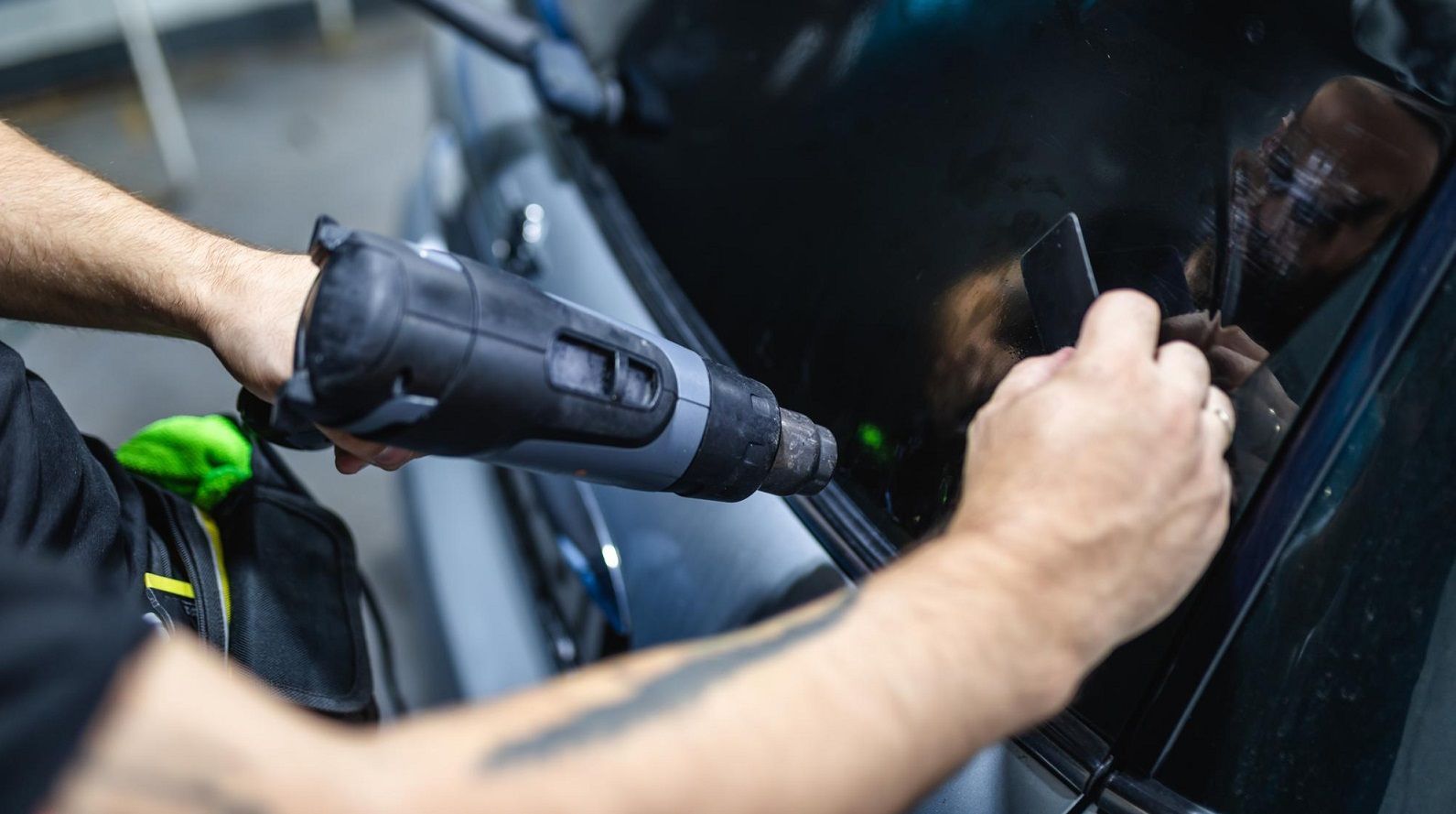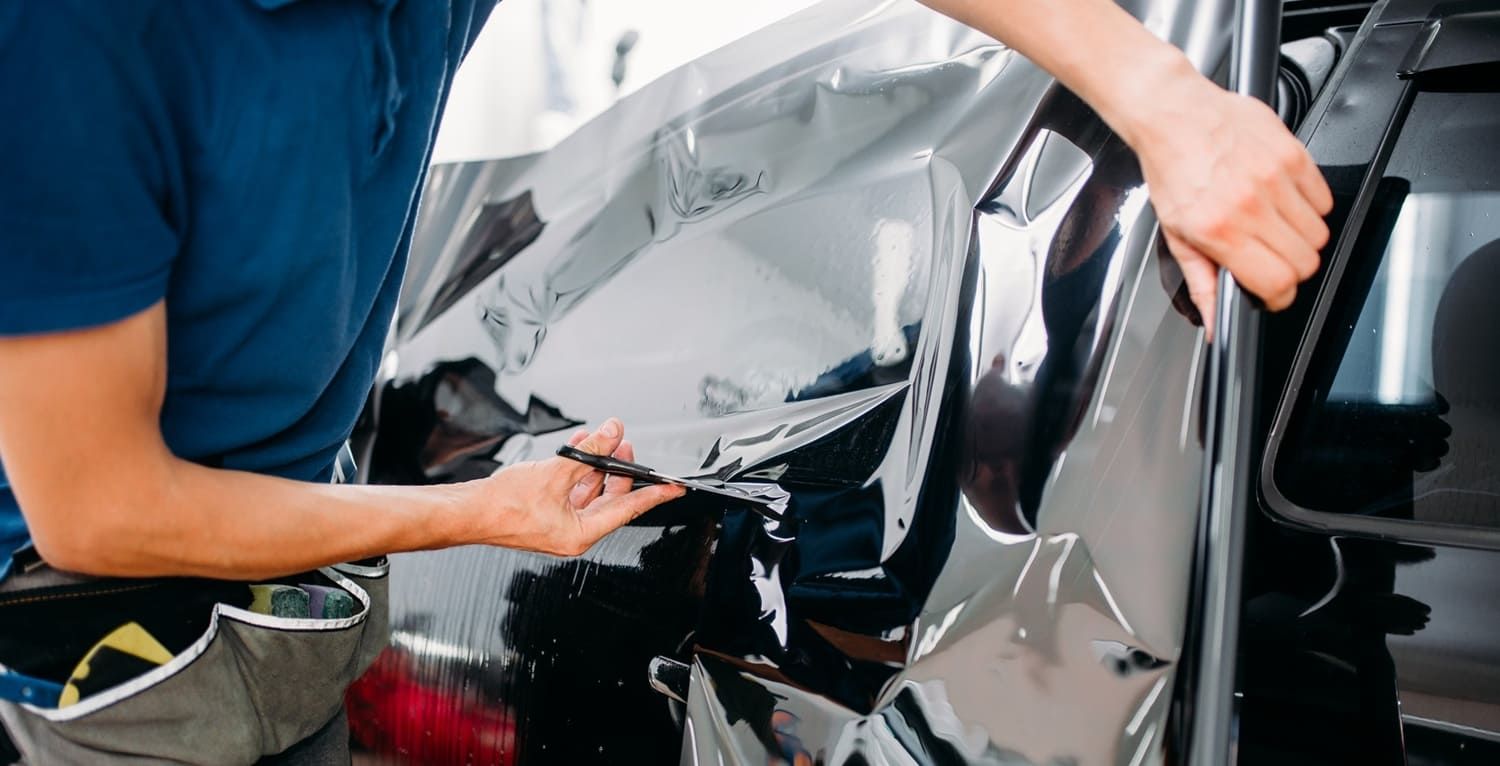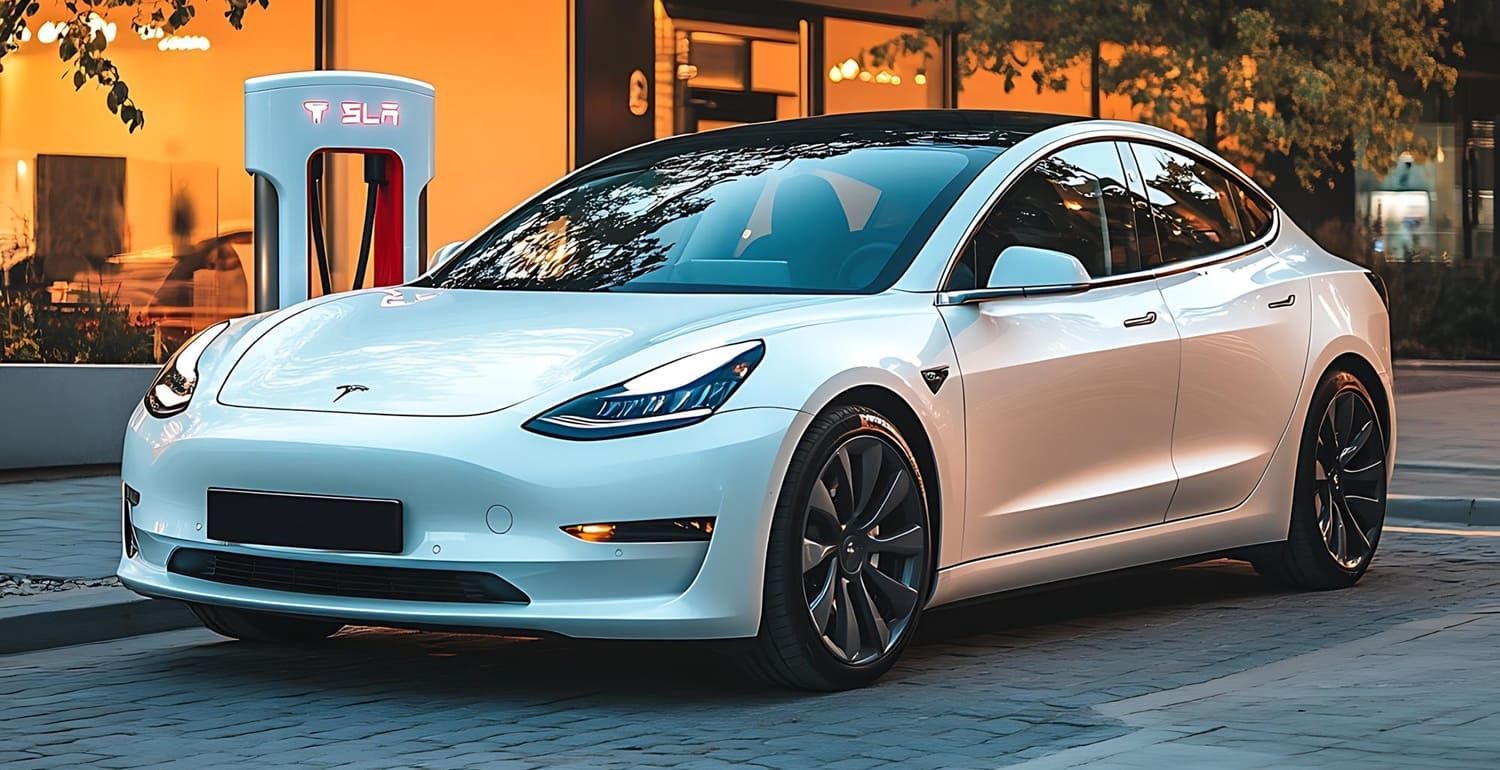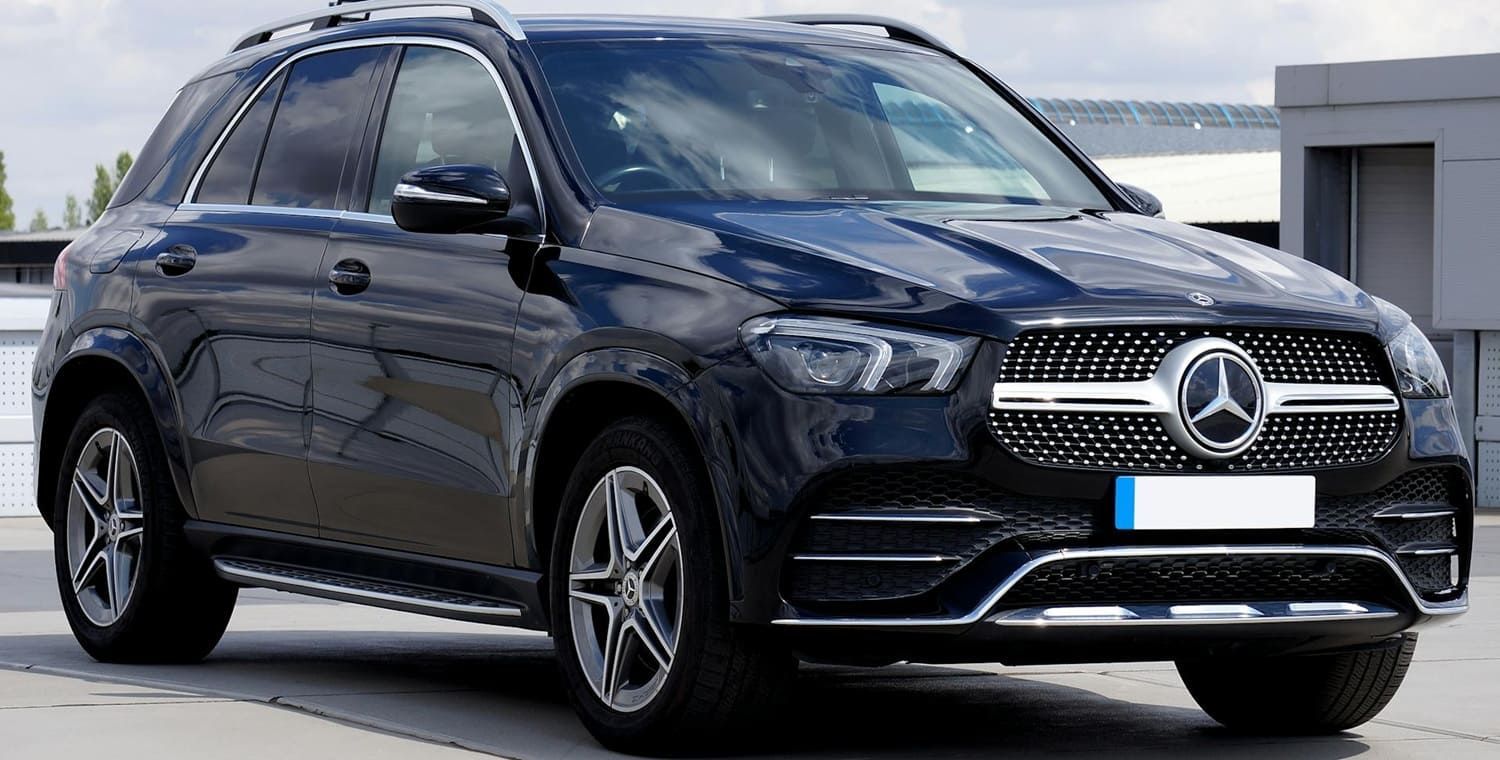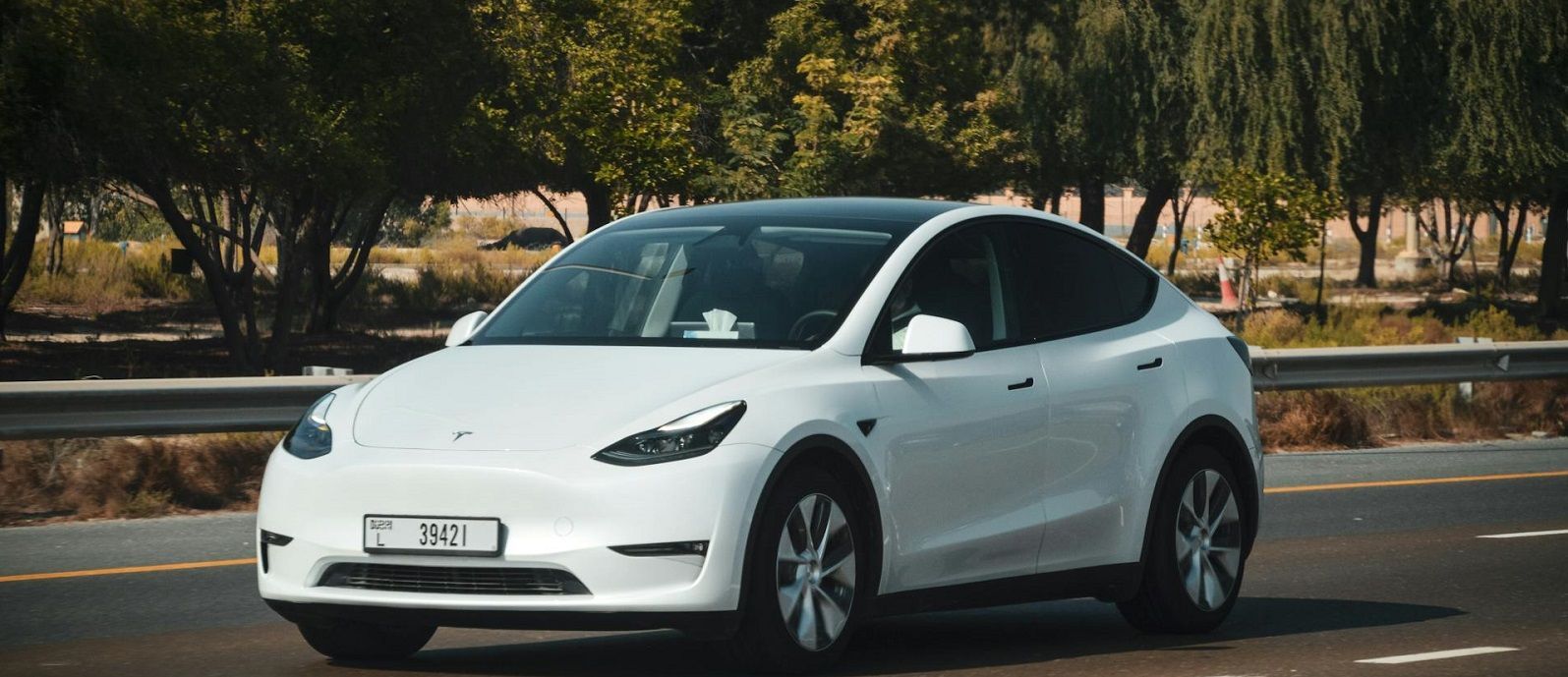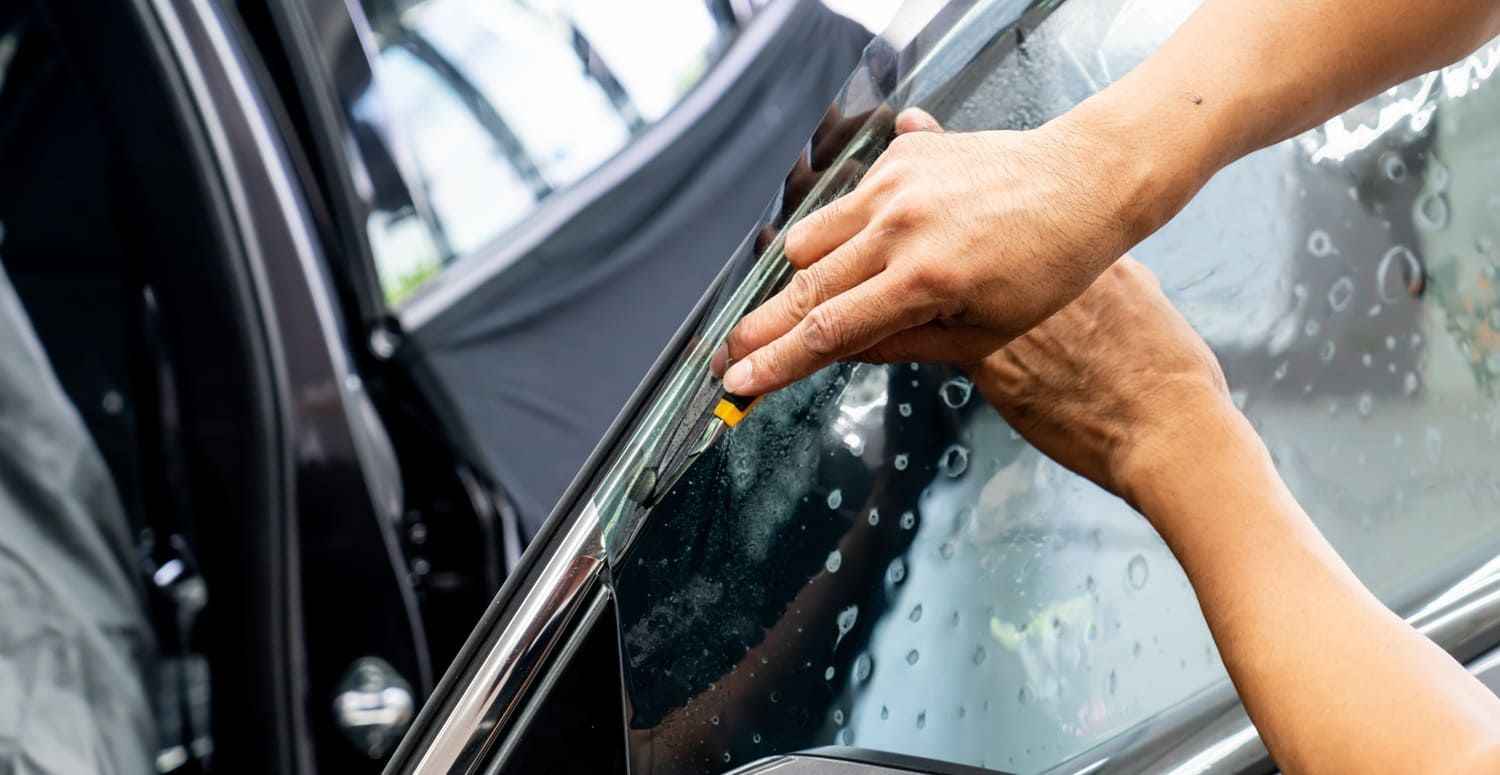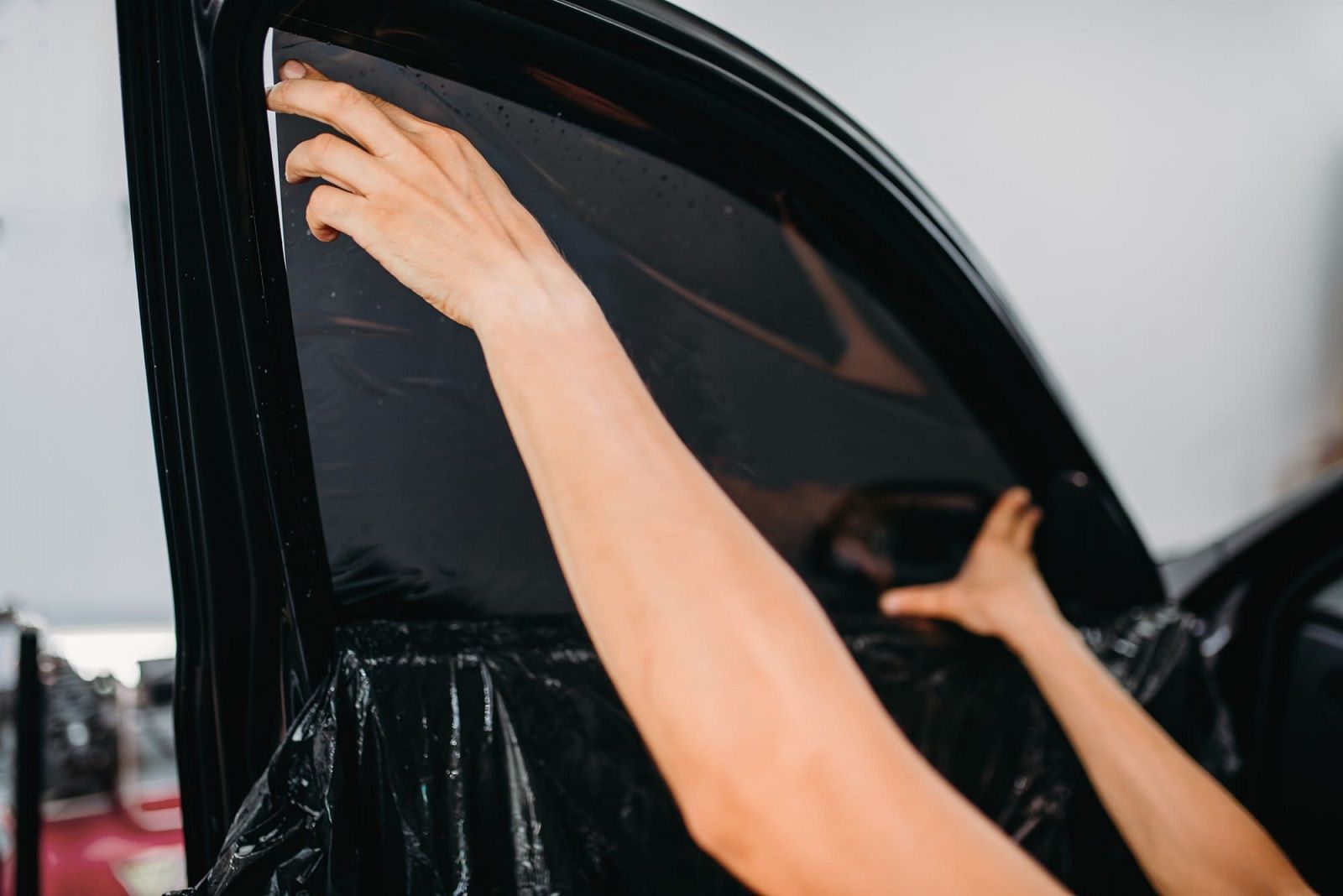Understanding Car Window Tinting Regulations
Car window tinting can greatly enhance the aesthetic appeal of your vehicle, provide privacy, and protect against harmful UV rays. However, it's essential to navigate through the intricate web of window tinting regulations to ensure compliance with the law. These regulations vary widely across different regions, and failing to adhere can lead to fines and other legal consequences. In this article, we will delve into the various aspects of car window tinting regulations, focusing on general rules and specific laws in Florida. Understanding these regulations is not just about avoiding penalties; it's about ensuring safety and maximizing the benefits of window tinting.

What is Car Window Tinting?
Car window tinting involves applying a thin laminate film to the interior of a car's windows. This film can darken the windows to varying degrees, depending on the driver's preferences and legal limitations. The benefits of window tinting extend beyond aesthetics, offering protection from solar glare, UV radiation, and potential shattering during accidents. Additionally, tinting can provide a cooler interior environment, reducing the need for air conditioning and improving fuel efficiency. The process of tinting involves selecting the right type of film, which can range from dyed to metalized or ceramic, each offering unique benefits and levels of protection.
Why are Window Tinting Regulations Important?
Window tinting regulations exist primarily to ensure road safety. Excessively tinted windows can impair a driver's vision, especially at night, and hinder law enforcement officers from seeing inside the vehicle during traffic stops. Thus, understanding and adhering to these regulations is crucial for both safety and legal compliance. Furthermore, these regulations help maintain a uniform standard that balances personal preference with public safety, preventing overly dark tints that could pose a risk on the roads. By adhering to these standards, drivers contribute to a safer driving environment for themselves and others.
General Window Tinting Rules
Visible Light Transmission (VLT)
A key term in window tinting regulations is Visible Light Transmission (VLT). VLT refers to the percentage of visible light that passes through the window film and glass. For example, a tint with a 70% VLT allows 70% of visible light to pass through, while a 5% VLT (often called "limo tint") allows only 5%. Understanding VLT is crucial as it directly affects visibility and compliance with legal standards. Different states or regions have specific VLT requirements, which are often based on safety studies and local driving conditions. It's essential for drivers to familiarize themselves with these requirements to avoid violations and ensure optimal visibility.
Front, Side, and Rear Windows
Typically, regulations differ for each window type:
- Front Windshield: Most states prohibit any tinting on the front windshield, except for a small band at the top (often called the "AS-1 line"). This exception is designed to reduce glare from the sun while maintaining clear forward visibility.
- Front Side Windows: These usually require a higher VLT percentage to ensure clear visibility for the driver. The intent is to ensure that drivers can easily see side mirrors and other vehicles, especially during lane changes.
- Rear Side and Rear Windows: These can often have a darker tint, providing more privacy. However, darker tints on these windows must still comply with regulations to prevent reduced visibility for following drivers.
Car Window Tinting Laws in Florida
Florida's car window tinting laws are specific and must be adhered to for avoiding penalties. These laws are designed to ensure that drivers have adequate visibility while maintaining some flexibility for personal preference. Let's explore what they entail:
Florida's Tinting Regulations
In Florida, the law specifies the following VLT percentages:
- Front Windshield: Non-reflective tint is allowed above the manufacturer's AS-1 line. This provision helps reduce glare from overhead sun while keeping the driver's view unobstructed.
- Front Side Windows: Must allow more than 28% of light in. This regulation ensures that drivers have sufficient visibility to navigate roads safely and interact with other vehicles.
- Rear Side Windows: Must allow more than 15% of light in. This allows for greater privacy without significantly compromising safety.
- Rear Window: Must allow more than 15% of light in. It provides a balance between privacy and visibility for drivers following behind.
Reflectivity and Color
Florida also regulates the reflectivity and color of the tint:
- Reflectivity: The tint can't be more reflective than a standard window. This regulation is in place to prevent glare that could distract other drivers.
- Color: Red and amber tints are not permitted, while all other colors are allowed. The restriction on certain colors helps avoid confusion or distraction on the road.
Consequences of Non-Compliance
Failing to comply with car window tinting regulations can lead to fines and having to remove the tint. Moreover, illegal tints can result in the vehicle failing safety inspections, complicating registration renewals or vehicle sales. Non-compliance can also lead to increased scrutiny from law enforcement, potentially resulting in more frequent traffic stops.
Legal Penalties
In Florida, for instance, violating window tint laws may result in a non-moving traffic violation, leading to fines. The cost of these fines can vary, but repeated offenses can lead to increased penalties, emphasizing the importance of compliance. Additionally, having to remove and replace illegal tint can be both time-consuming and costly, making it crucial to ensure that your tint meets legal standards from the start.
How to Choose the Right Tint
Consider Your Needs
When choosing a window tint, consider factors such as your privacy needs, climate, and how much driving you do at night. It's also important to think about how the tint will affect your visibility and the vehicle's appearance. In sunny climates, a darker tint might be preferred for its heat-reducing properties, while in areas with less sunlight, a lighter tint might suffice. Balancing these factors with legal requirements is essential to ensure both satisfaction and compliance.
Professional Installation
Having your tint professionally installed can ensure it meets legal standards and is applied correctly. Professionals are typically well-versed in local regulations and can guide you to make compliant choices. They also use high-quality materials and techniques, which can extend the lifespan of the tint and improve its effectiveness. Professional installation can save you from the hassle of potential legal issues and ensure a clean, bubble-free finish.

Special Exemptions
There are exemptions to the tinting regulations for certain drivers. Individuals with medical conditions that require protection from sunlight can apply for exemptions allowing darker tints. These exemptions are critical for individuals whose health could be adversely affected by excessive sunlight exposure. It's essential to consult with the Department of Motor Vehicles (DMV) for the appropriate documentation and procedures.
How to Apply for Exemptions
The application for medical exemptions typically involves providing medical documentation that outlines the necessity for a darker tint. This process may require a doctor's certificate and possibly an application fee. Once approved, the exemption allows for legally darker tints, but drivers must keep documentation in the vehicle at all times. Always ensure to renew and keep the exemption documentation up-to-date to avoid any legal issues.
Staying Informed
Laws and regulations can change, so it's important to stay informed about the latest window tinting rules. Regularly check with local DMV offices or government websites to ensure your vehicle remains compliant. Staying informed can also help you take advantage of any new benefits or exemptions that might arise due to changes in the law.
Updating Your Tint
If regulations change or if you move to a different state, you might need to update your vehicle's tint. Different states have varying regulations, and what is legal in one state might not be in another. A professional installer can help with removal or adjustments to existing film, ensuring that your tint remains legal and effective. Keeping up with updates ensures that you enjoy the benefits of tinting without the risk of legal penalties.
Conclusion
Understanding car window tinting regulations is critical for maintaining road safety and avoiding legal issues. At Solar-Tec Glass Tinting in Eustis, FL, we specialize in premier window tinting services that ensure compliance with local laws while enhancing your vehicle's functionality and style. Whether you're in Florida or elsewhere, our expert team will help you familiarize yourself with local regulations, choose the right tint for your needs, and provide professional installation to guarantee optimal results.
By choosing Solar-Tec Glass Tinting, you can enjoy the benefits of window tinting without the risk of penalties. Our commitment to staying updated with the latest tinting laws ensures that your vehicle remains both safe and legally compliant on the road. Staying compliant not only keeps you on the right side of the law but also ensures that you and your passengers remain safe and comfortable during every drive.
Always prioritize safety and legality over aesthetics by partnering with Solar-Tec Glass Tinting. Our knowledgeable professionals are dedicated to helping you make the most informed decision about your vehicle's window tinting, balancing both style and functionality. Contact us today for a free estimate and let Solar-Tec Glass Tinting assist you in achieving the perfect window tint that meets all regulatory standards and enhances your driving experience.
